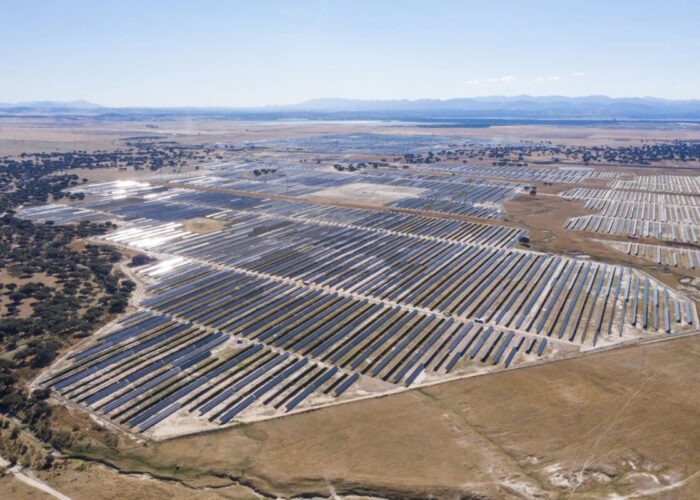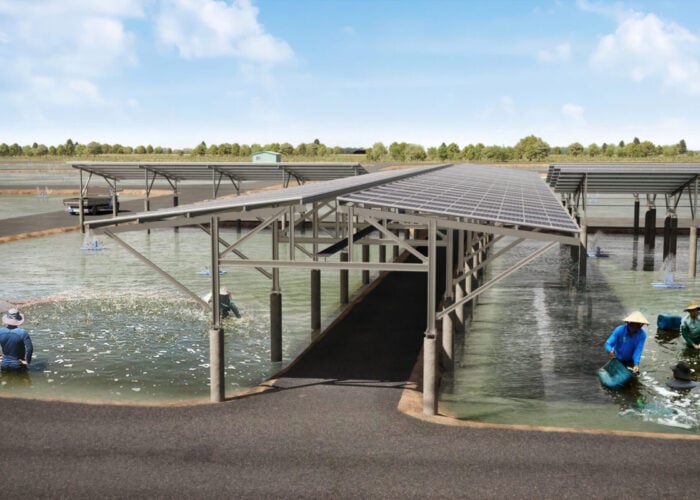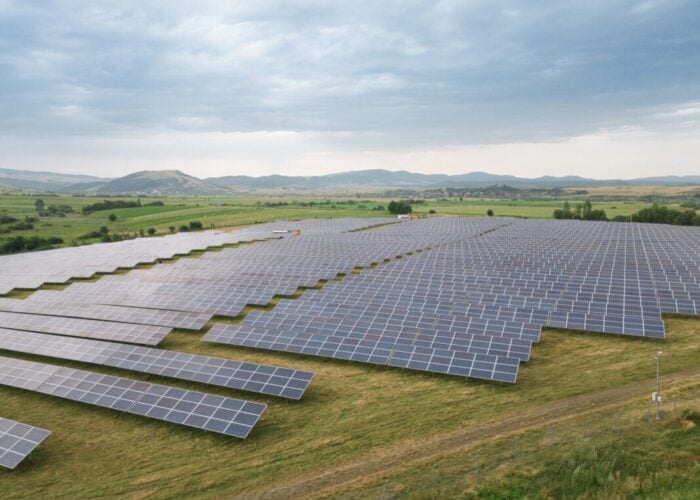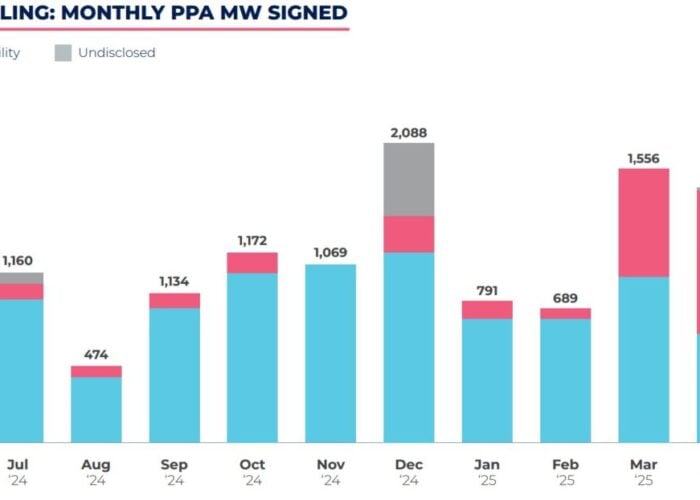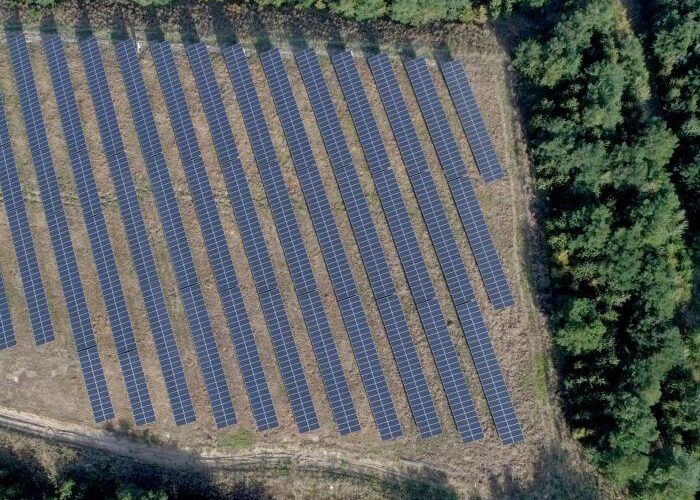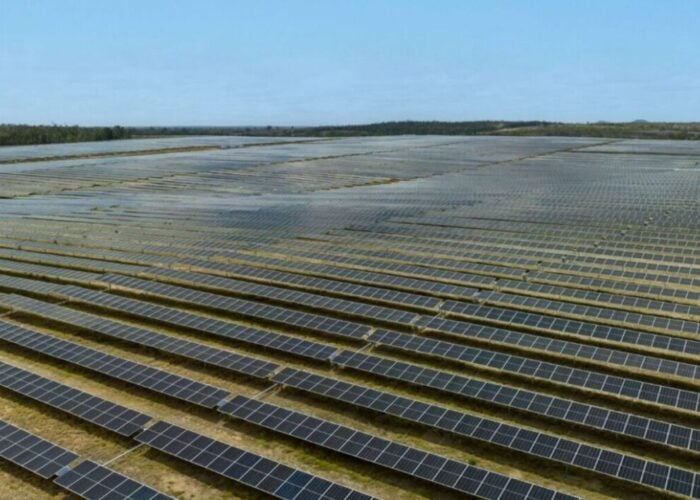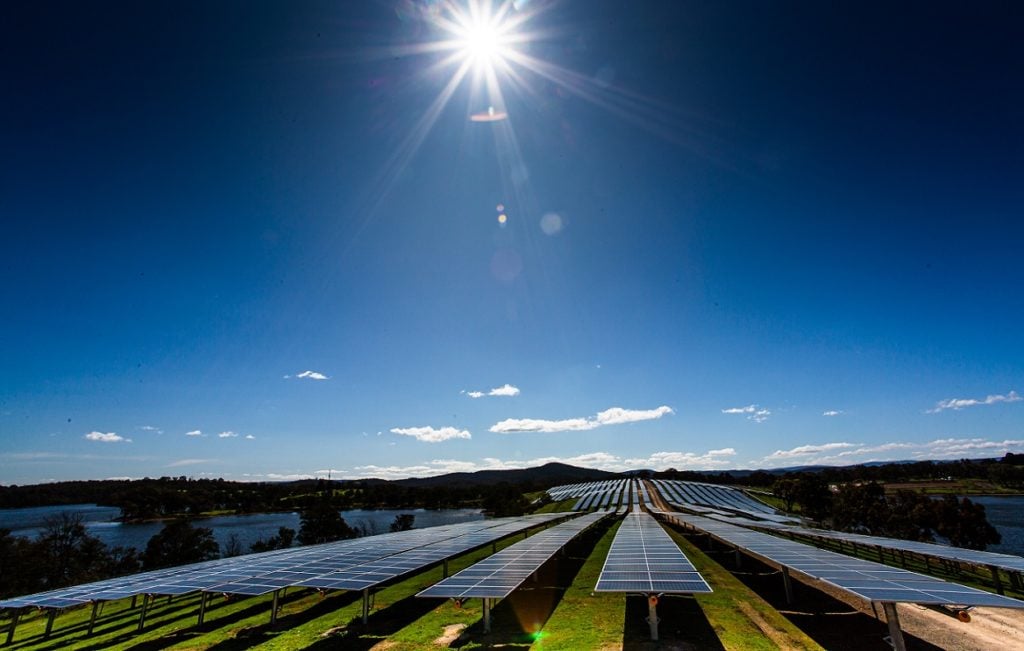
While renewables procurement is more challenging for SMEs with smaller power demands and less energy sector expertise, PPA aggregations offer a solution. Meghan McIntyre of Schneider Electric explores the deal structures for such aggregations and how project developers can benefit from them.
Since COP26, power markets across Europe have faced unprecedented levels of volatility with profound impacts on businesses and consumers. As world leaders gathered for COP27, it was clear that the energy transition must now consider how volatility can be mitigated to protect the economy whilst still reducing emissions. This means finding solutions that reduce our reliance on fossil-fueled power resources while increasing the capacity of cost-competitive renewable energy.
Unlock unlimited access for 12 whole months of distinctive global analysis
Photovoltaics International is now included.
- Regular insight and analysis of the industry’s biggest developments
- In-depth interviews with the industry’s leading figures
- Unlimited digital access to the PV Tech Power journal catalogue
- Unlimited digital access to the Photovoltaics International journal catalogue
- Access to more than 1,000 technical papers
- Discounts on Solar Media’s portfolio of events, in-person and virtual
One avenue is power purchase agreements (PPAs), an energy contract between an offtaker (a utility or corporate buyer) and a renewable generator for an agreed volume, price and delivery structure. While the nuances of PPA contracts can vary, these instruments are credited with providing both parties with long-term stability, as offtakers can forecast their energy costs while generators gain a long-term financing guarantee.
Demand for PPAs is rapidly growing. As greater importance is placed on emission reporting and reduction, renewable-powered operations are delivering an impactful result. Furthermore, following the announcement that the RE100 criteria has been revised to require purchasing of renewable electricity generated from a site less than 15 years old, it is expected that PPA demand will continue to increase. This in turn is likely to encourage further developer investment into new renewable projects to capture growing demand.
SME challenges and aggregation solutions
To date, the demand for corporate PPAs has been led by large corporations with large electricity loads. Although there is willingness to source renewable power among smaller actors, renewable procurement is more challenging for small and medium-sized enterprises (SMEs) with smaller power demands and less energy sector expertise. Challenges include their relatively low energy consumption, their credit rating and the need for an internal skillset to complete complex tender negotiations.
To reach climate targets, there must be greater inclusion of SMEs to realise the full potential of PPAs and the energy transition. One solution is an aggregate PPA in which sponsoring corporations group their suppliers into a buyer consortium to meet the volume demand required from a developer’s perspective. This allows individual SMEs to increase their buying power and holds the potential to reduce emissions throughout a sponsor company’s supply chain.
There are two main deal structures for aggregate PPAs. In one, a buyer acts as the anchor tenant for the PPA, offtaking the largest volume while other consortium members offtake a smaller amount of energy generated. In the second, companies enter an agreement on equal terms without a lead buyer. These deals can be negotiated separately or may be negotiated together under a joint venture.
Potential for supply chains
While larger companies may already have the energy volume needed to enter a PPA as the sole buyer, the growing emphasis on Scope 3 emissions reduction is encouraging corporations to exercise their size and influence to decarbonise their supply chain by acting as an anchor tenant during PPA negotiations and by offtaking a larger share of energy generated. This structure supports SME buyers to meet the volume required by generators to finance a new renewable project.
An anchor tenant aggregate PPA often follows a three-tiered approach, consisting of one large buyer, several medium-to-large buyers, and many smaller-sized corporates. For medium-to-large corporates, an aggregate PPA helps diversify their energy mix to reduce risk, whilst smaller companies are provided with a route to entry. The effect of having a lead energy offtaker which bears the bulk financial and volume risk allows smaller companies with potentially poor credit to access the benefits of a long-term PPA.
Aside from decarbonisation, an aggregate PPA consisting of buyers within the same supply chain can also support SME suppliers during periods of energy market volatility. The current energy crisis has increased the operational costs of companies in all sectors, with many struggling to afford increased rates. By utilising the buying power of a consortium, an aggregate PPA allows SME suppliers to secure renewable energy at a fixed price, offsetting price volatility and stabilising operations to avoid disruption. If this potential is realised by larger corporations, the combination of operational and sustainable strategies is likely to drive emission reduction as a high priority.
Consortium aggregate PPA
Alternatively, a consortium of businesses, without an anchor tenant, can bundle their energy demand and enter an aggregate PPA together. Here, corporate offtakers unify to achieve similar goals: aggregate their energy offtake, benefit from economies of scale and optimise their combined offtaker profile.
One example is the first pan-European, aggregated virtual PPA taken between four separate companies without an anchor buyer: Philips, Heineken, Nouryon and Signify. The 10-year, 330GWh/year agreement will avoid 230,000 tons of emissions annually. By entering a virtual contract structure, the consortium supports the deployment of new renewable energy despite geographical and grid constraints. Schneider Electric was proud to advise the consortium companies on this deal.
Challenges
Despite the benefits, an aggregated PPA introduces challenges uncommon in a single offtaker PPA. A consortium of energy buyers in either model may introduce conflicting motivations, priorities and timelines that can slow down the decision-making process. It may also lead to a need for compromises that some cohort members will find unsatisfactory. Developers will also require aligned expectations, which can be difficult to achieve. Consortium offtakers should be prepared for conflict and work together to reach alignment before going to market which will increase the likelihood of a successful tendering negotiation.
When forming a consortium, members must consider not only whether they are suitable from a developer perspective, but also for each other. Alternatively, the consortium can nominate one buyer to manage the tender process and represent the best interests of all corporates. Due to the complexity of a PPA tender, this responsibility often rests with the largest or most mature corporate, which is more likely to have the skill set to lead these discussions. Although complex, the benefits of the consortium model for smaller companies still outweigh the challenges.
Benefits for developers
For developers, the benefits of aggregation are akin to a standard PPA whereby a long-term power contract provides bankability that allows them to secure debt financing. In addition, a diversified set of energy buyers helps to democratise and increase demand for renewable projects, ultimately encouraging further investment. Although some developers may continue to prefer PPAs with a sole offtaker due to their relative simplicity, other developers have expressed a strong desire to enter aggregated negotiations to help SMEs enter the PPA market.
However, feedback from a developer focus group on the Zeigo platform highlighted several challenges. Namely, most developers do not have the legal resources to engage in different contracts for all corporates under an aggregated deal. In these cases, compromise on the buyer side may be required as developers may need a consortium to agree to a one-size-fits-all legal agreement. Developers are also looking for a uniform contract duration, with all members in a consortium agreeing to a single start and end date for the contracts.
A second area of consideration is credit. Although a consortium is likely to produce a favourable credit rating, one developer shared how funding structure is a key determinant of how likely a developer is to engage in an aggregate PPA. This will influence their appetite for risk and willingness to engage with consortium members with bad credit.
Finally, a developer shared that they perceive less risk when consortiums are made of corporates from a range of industries, as market downturns will not affect the entire group to the same extent. However, this may complicate the desire for a uniform legal contract.
What’s the outlook?
Although there can be significant challenges to signing an aggregate PPA, and PPA prices will continue to be subject to volatile non-commodity factors, the benefits aggregation can provide are leading to increasing interest among sponsor companies. Although many of the benefits of an aggregate PPA are felt by SMEs, larger members are incentivised by reducing emissions in their supply chain to meet their own Scope 3 goals. Plus, all consortium members can benefit from price security through the duration of the contract, which can help to stabilise costs during a period of economic instability.
Nevertheless, aggregate PPAs are still in their infancy and very complex. However, as more aggregate PPAs are signed, learning by doing will reduce their challenges and accelerate their adoption. By spreading risk across a consortium made up of members from different industries, aggregate PPAs also become a better solution for developers. The efforts being made in this space make aggregate PPAs ripe for growth.
Author
Meghan McIntyre is an experienced energy analyst at Schneider Electric with expertise in energy markets and the low-carbon transition. She holds an MSc in sustainable resource economics from University College London and has professional experience in private and public sector roles.

